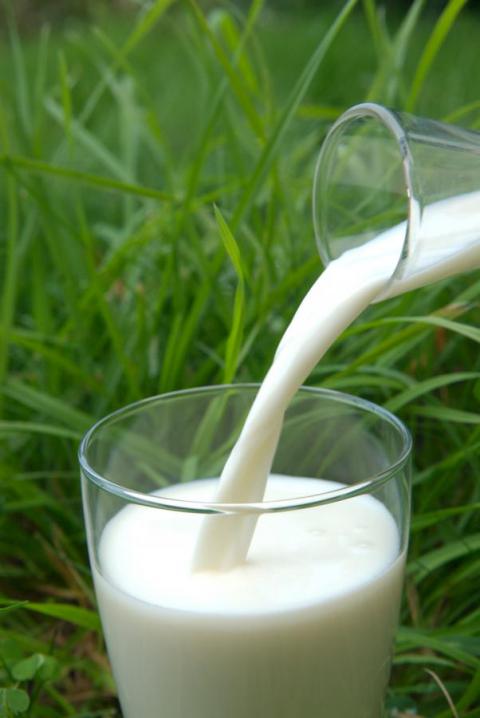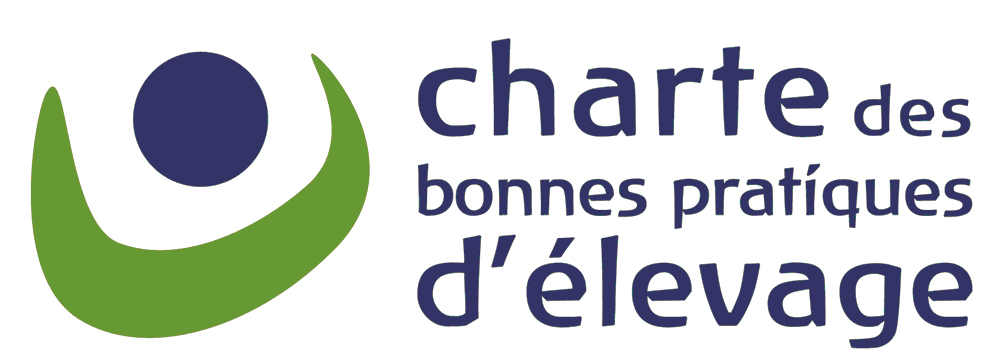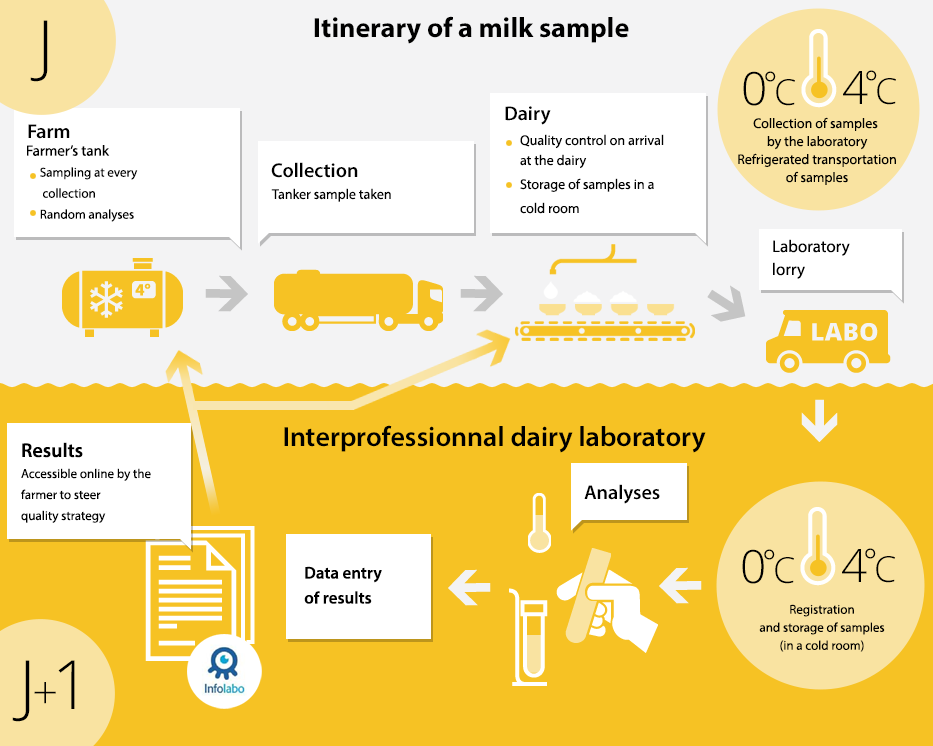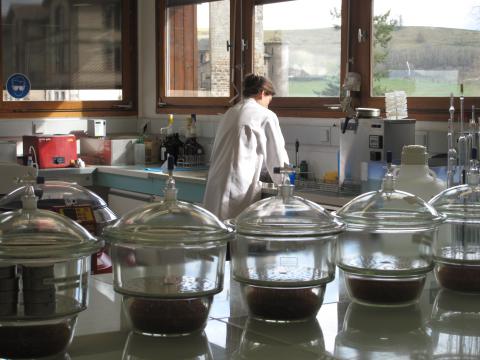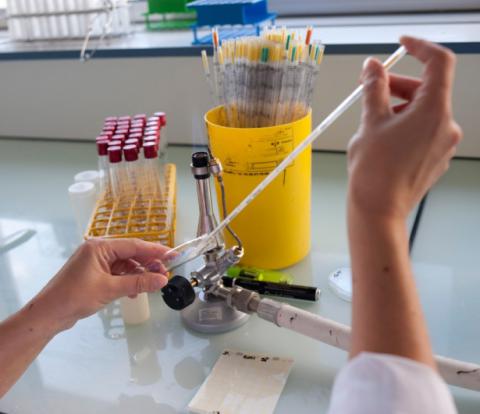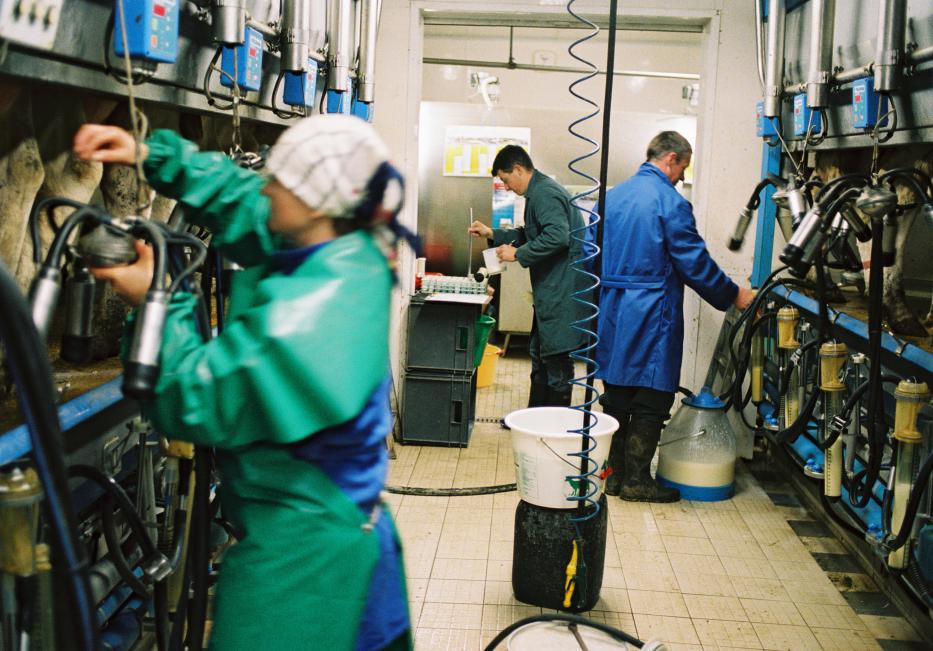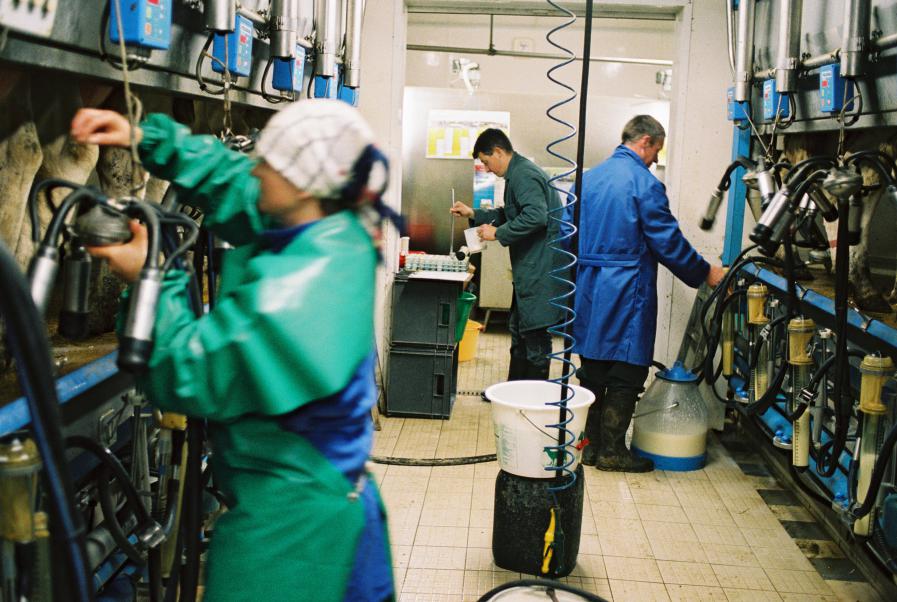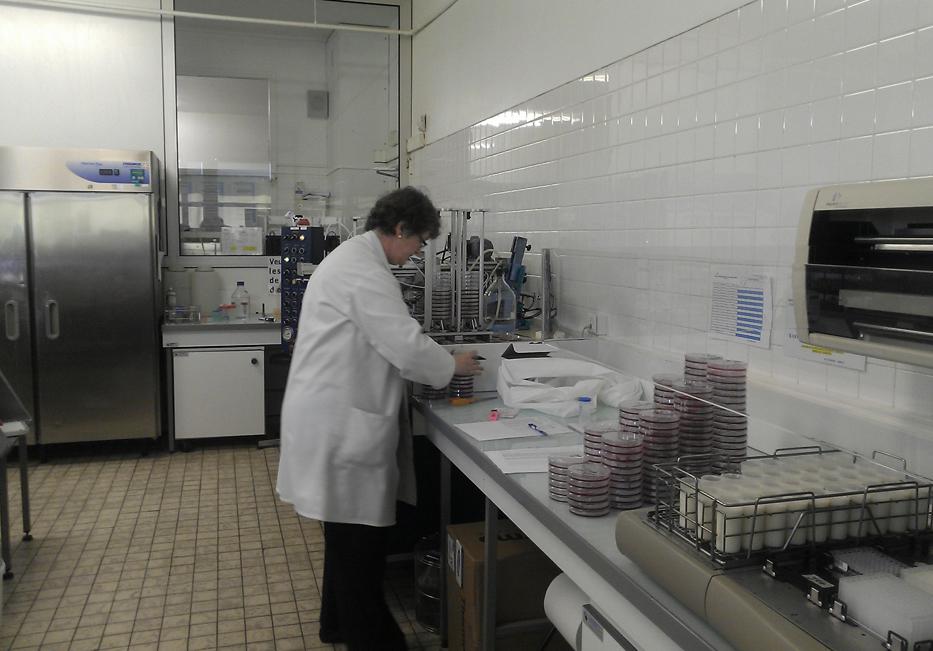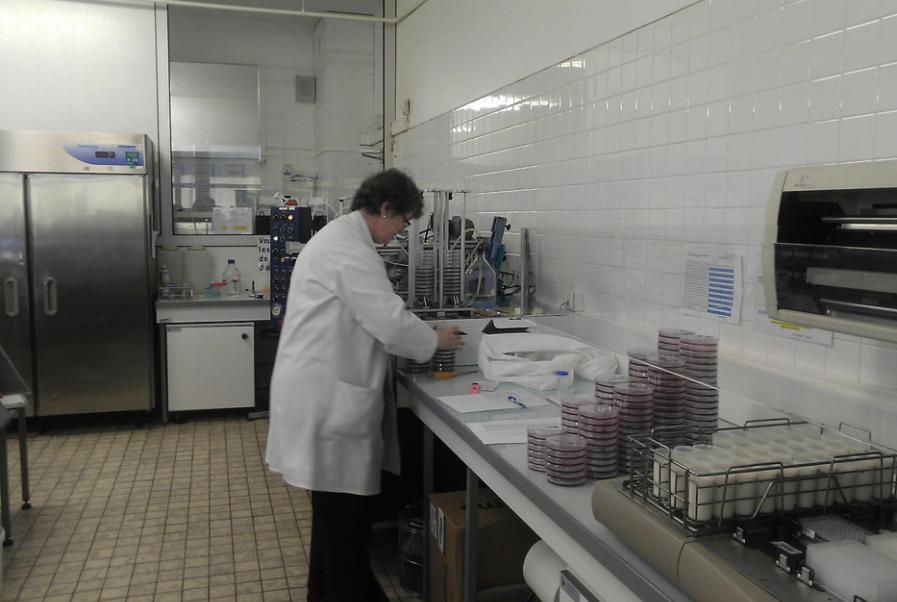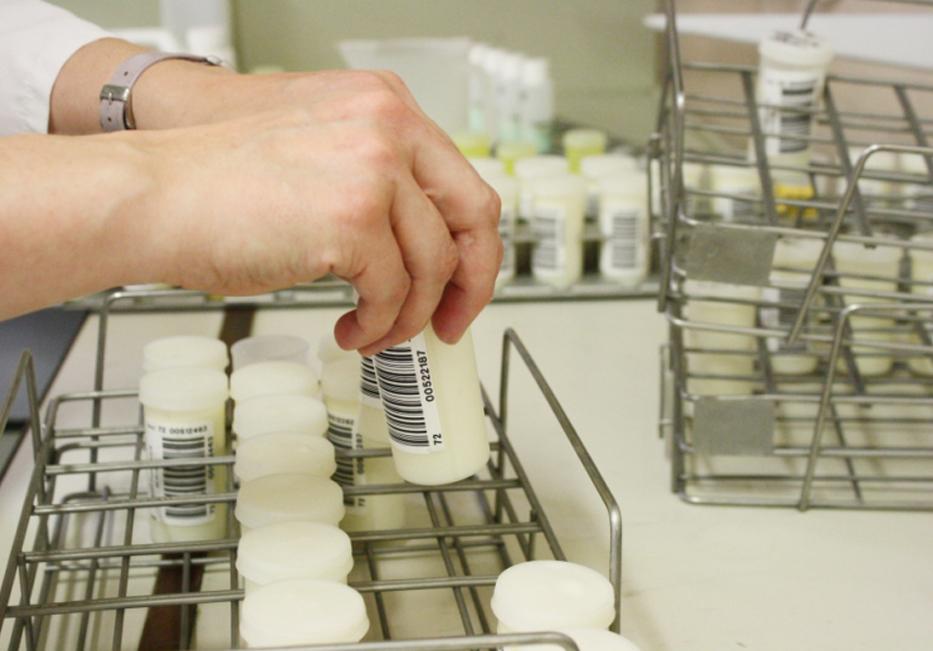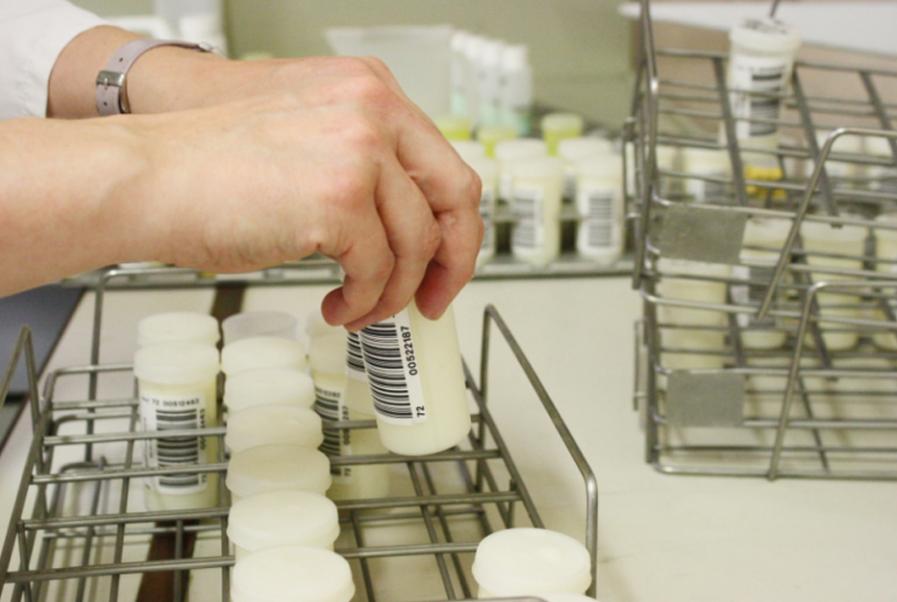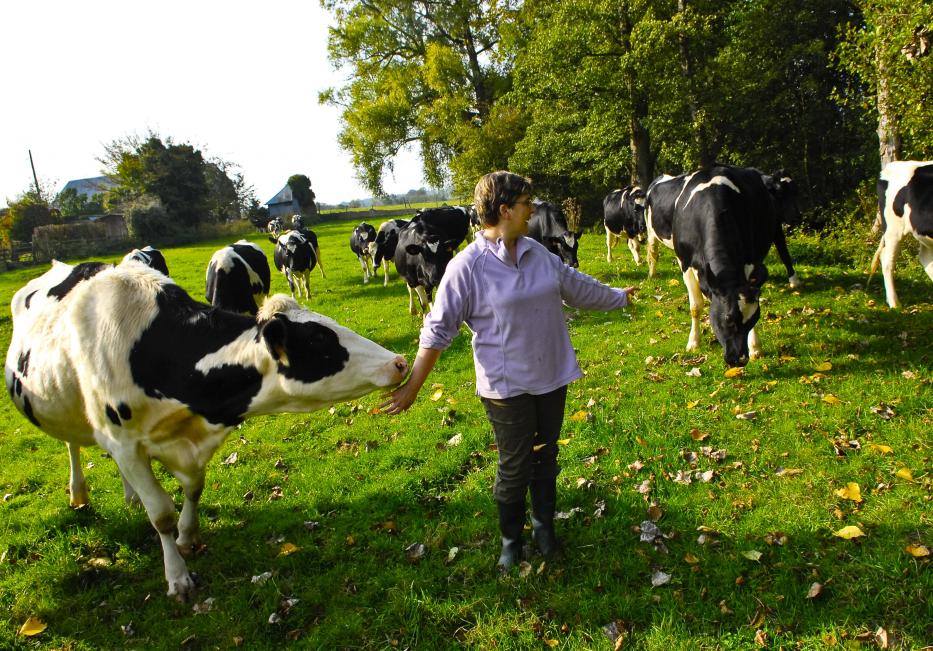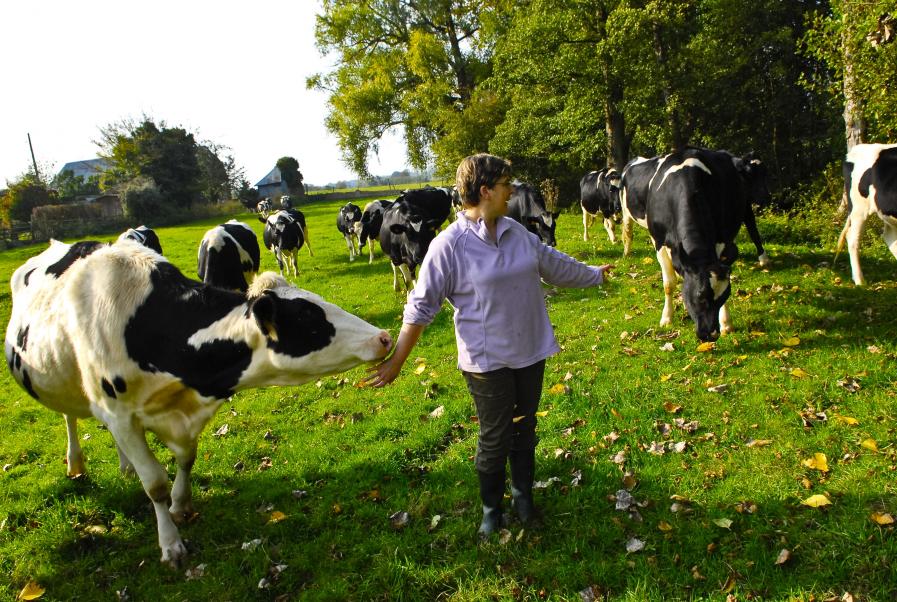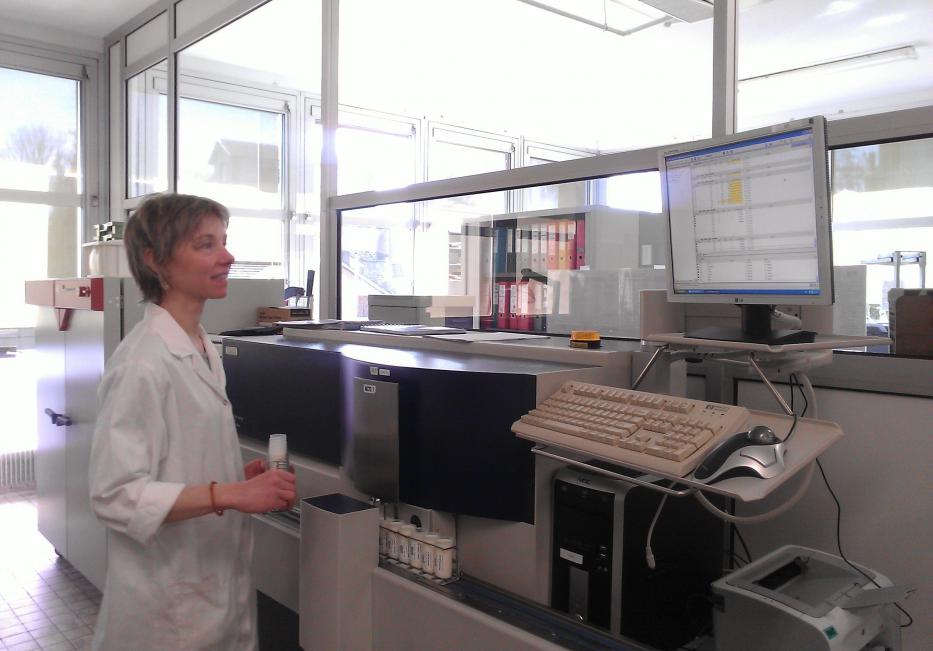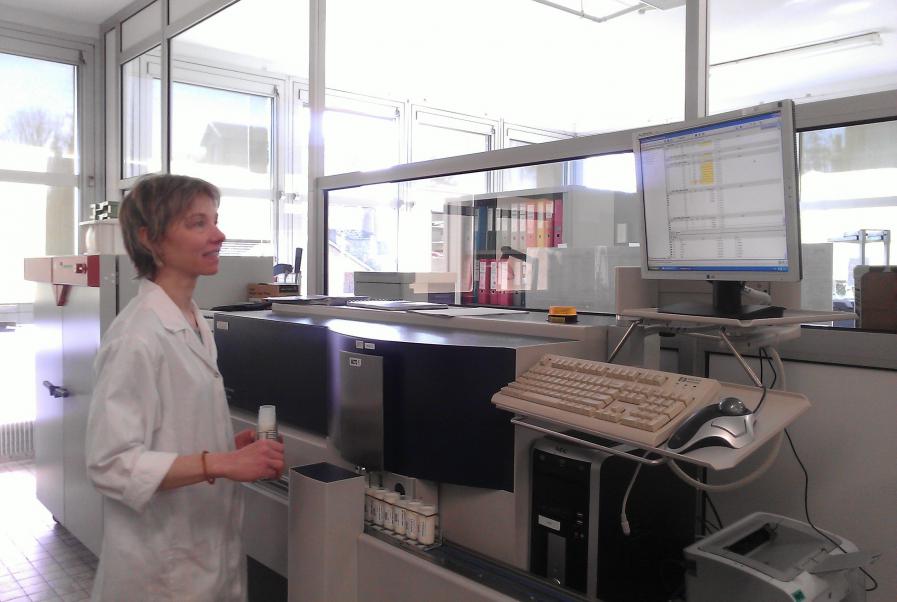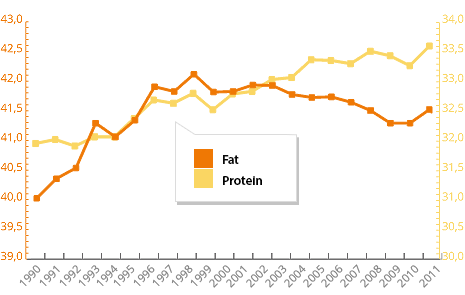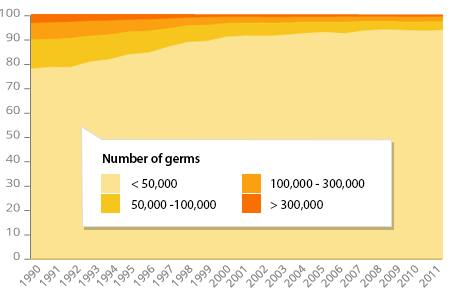The French dairy industry’s renowned milk quality expertise, at both a scientific and technical level, enables France to play an influential role in the development of international food standards.
In this way, France, as a member of the International Dairy Federation (IDF), has actively contributed to the Milk and Milk Products Committee of the Codex Alimentarius, set up by the United Nations Food and Agriculture Organization and the World Health Organization to develop these standards.
France is responsible, for example, for the regulatory definition of milk, which prevents plant-based juices (e.g., soya) from using the term.
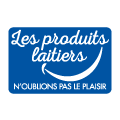 Everything you need to know about milk and dairy products, the different steps involved in processing them, their diversity and health benefits. Also, practical information such as how to read food labels, make homemade dairy products,…
Everything you need to know about milk and dairy products, the different steps involved in processing them, their diversity and health benefits. Also, practical information such as how to read food labels, make homemade dairy products,…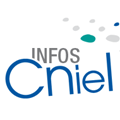 All about how CNIEL serves the French dairy industry. The organization addresses a wide range of issues, from the dairy economy, international business and promotion, to technology and scientific research. Its work is aimed at helping dairy producers and processors to anticipate market developments and build a strong future.
All about how CNIEL serves the French dairy industry. The organization addresses a wide range of issues, from the dairy economy, international business and promotion, to technology and scientific research. Its work is aimed at helping dairy producers and processors to anticipate market developments and build a strong future.